Going cloud-native to bring VFX to life
VFX studio DNEG embraced Red Hat OpenShift to make life easier for its artists

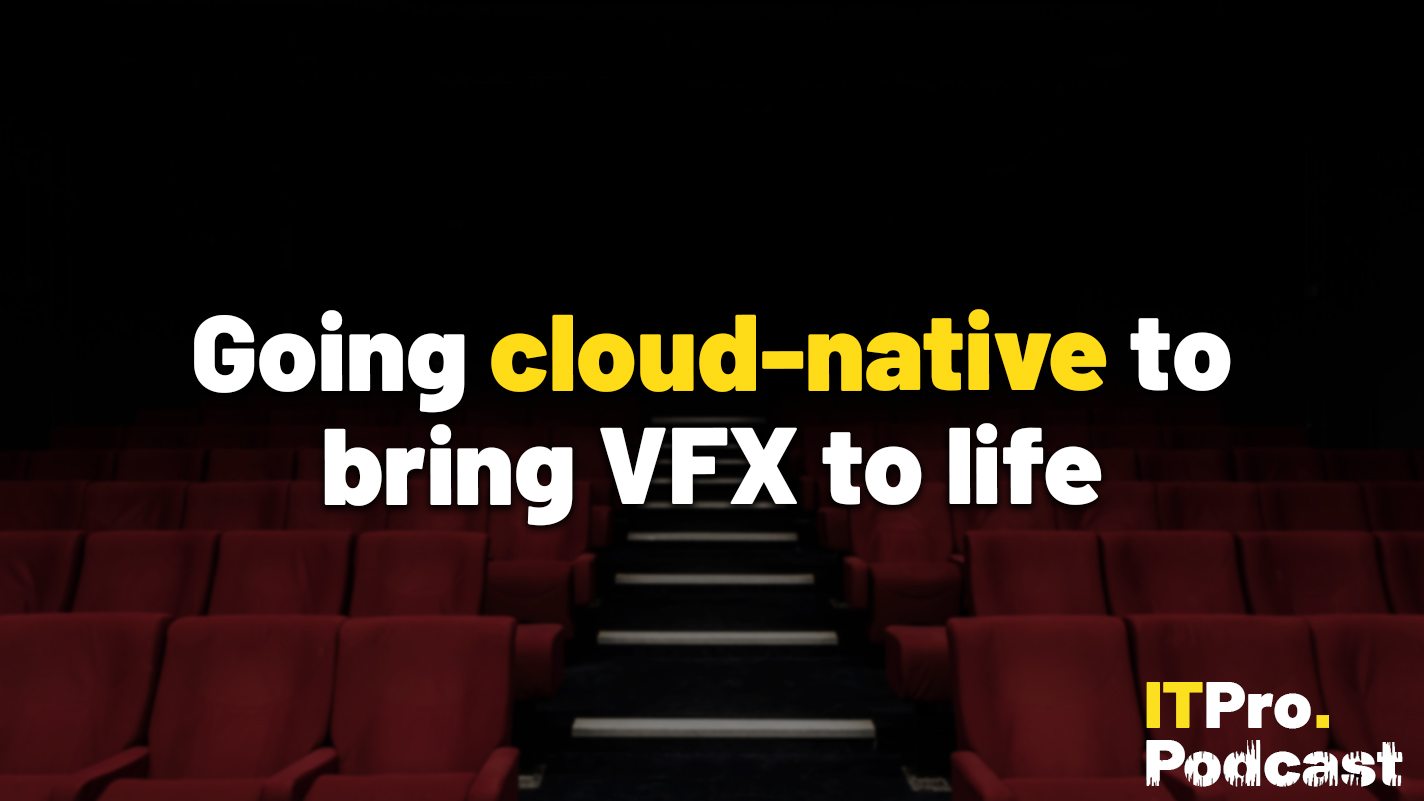
If you’ve seen Oppenheimer, Dune, or Blade Runner 2049, then you’ve seen the work of DNEG. The British visual effects firm, formerly known as Double Negative, has had to contend with growing compute and data demands in its 26 year history, with thousands of hours of rendering required to bring the latest visuals from servers to the cinema screen.
In recent years, DNEG’s legacy infrastructure began to feel the strain of this task, leading the firm to work with Red Hat to adopt a cloud-native approach.
In this episode, Jane and Rory speak to Ian Abbott, software architect at DNEG, and Ollie Harding, software infrastructure architect at DNEG, to discuss how the visual effects firm has adopted a cloud-native approach to help its artists be more productive.
Highlights
“We'd reached the limit of how we could develop, deploy our solutions in in that framework. I imagine many listeners can imagine the coordination aspect of developing software to be deployed to many 1000s of workstations and servers, it can take an hour to build your software but it can easily take a day or two to organise for people to get that software. Or if you look at really bad cases, it could take some weeks to organise for artists who actually end up using that software.”
“The creative aspect is what we really want to keep at the fingertips of the artist. And in an absolutely ideal world, all of that stuff would be on on CPUs and GPUs right in front of them, I suppose. But there are so many kind of hidden aspects, you could be forgiven for calling it the boring part, which is how you keep track of everything that they've done. I think we took some took some stats from our production database a while ago, and we've got a little over 100 million unique digital assets. And something like a billion connections between digital assets.”
“For example with DNEG we're a global company, we're always expanding. And using things like the GitOps component in our OpenShift clusters mean that we can, very quickly, if we decide to expand to another area of the world, we can set up our clusters, and we can just configure those up.”
Footnotes
- How cloud-native agility helped DNEG level up its award-winning VFX
- Cloud-native tools are becoming more popular in Europe than the US
- Red Hat launches OpenShift Platform Plus alongside new managed cloud services
- Red Hat unveils new application services toolbox for developers
Subscribe
- Subscribe to The IT Pro Podcast on Apple Podcasts
- Subscribe to The IT Pro Podcast on Spotify
- Subscribe to the IT Pro newsletter
- Join us on LinkedIn
Sign up today and you will receive a free copy of our Future Focus 2025 report - the leading guidance on AI, cybersecurity and other IT challenges as per 700+ senior executives

Rory Bathgate is Features and Multimedia Editor at ITPro, overseeing all in-depth content and case studies. He can also be found co-hosting the ITPro Podcast with Jane McCallion, swapping a keyboard for a microphone to discuss the latest learnings with thought leaders from across the tech sector.
In his free time, Rory enjoys photography, video editing, and good science fiction. After graduating from the University of Kent with a BA in English and American Literature, Rory undertook an MA in Eighteenth-Century Studies at King’s College London. He joined ITPro in 2022 as a graduate, following four years in student journalism. You can contact Rory at rory.bathgate@futurenet.com or on LinkedIn.
-
 OpenAI's 'Skills in Codex' service aims to supercharge agent efficiency for developers
OpenAI's 'Skills in Codex' service aims to supercharge agent efficiency for developersNews The Skills in Codex service will provide users with a package of handy instructions and scripts to tweak and fine-tune agents for specific tasks.
-
 Cloud infrastructure spending hit $102.6 billion in Q3 2025
Cloud infrastructure spending hit $102.6 billion in Q3 2025News Hyperscalers are increasingly offering platform-level capabilities that support multi-model deployment and the reliable operation of AI agents
-
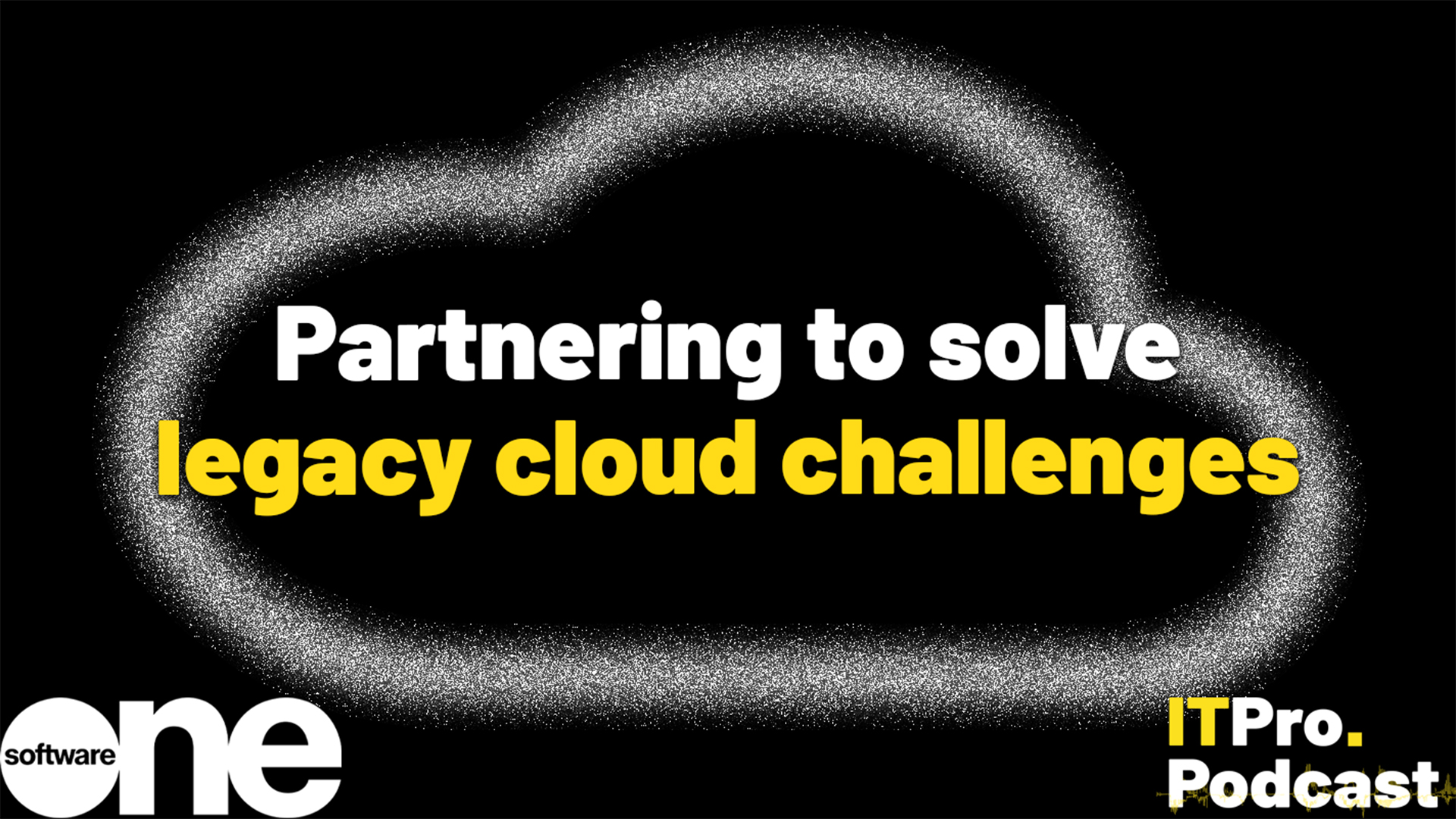 Partnering to solve legacy cloud challenges
Partnering to solve legacy cloud challengesSponsored Podcast Camp Australia successfully embraced the cloud through targeted digital transformation
-
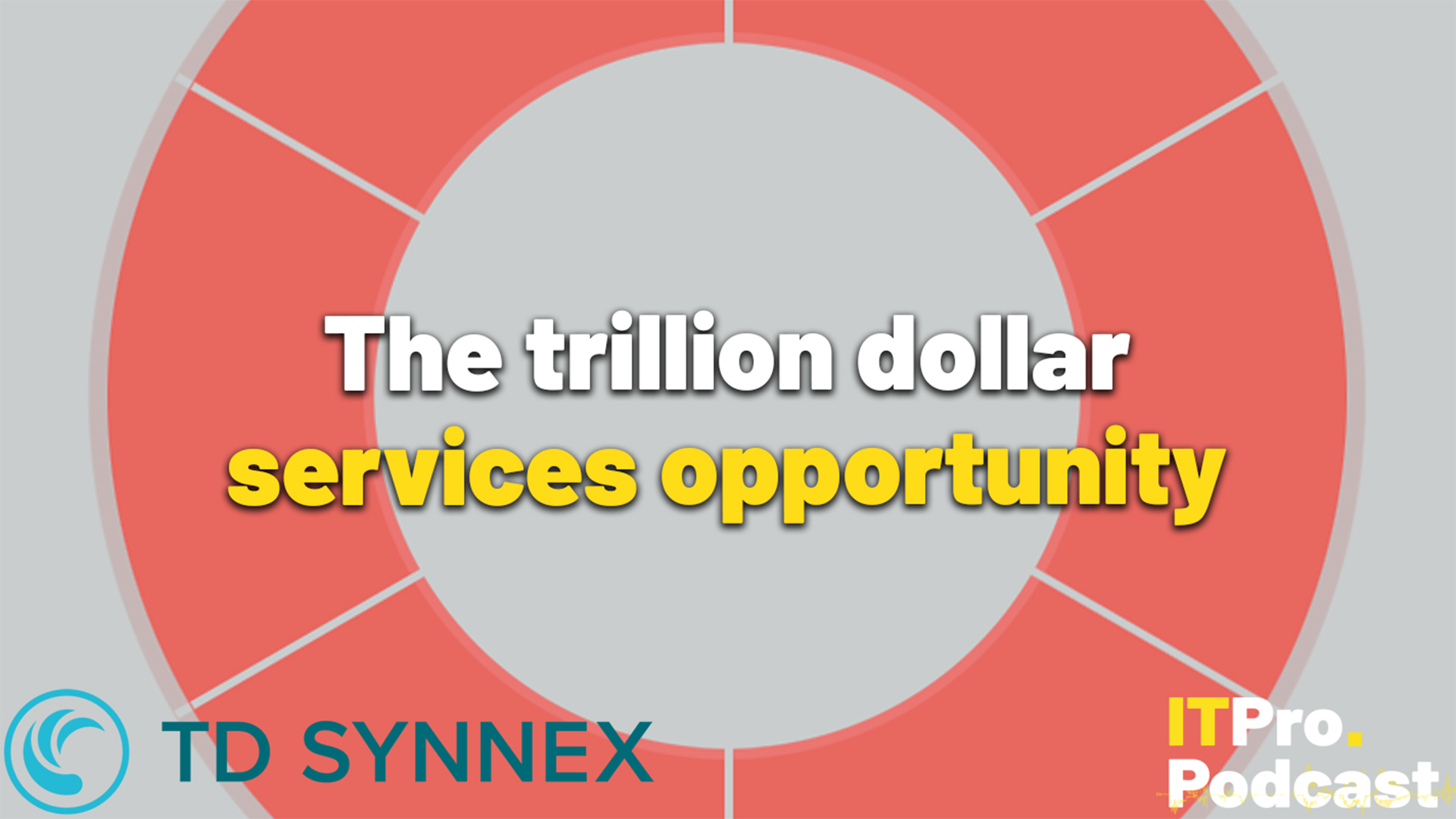 The trillion dollar services opportunity
The trillion dollar services opportunitySponsored Podcast Services and enablement are key to transforming products into business outcomes
-
 Turning business data into business value
Turning business data into business valueSponsored Podcast Businesses looking to harness unstructured data and deploy widespread agents need a steadfast strategy
-
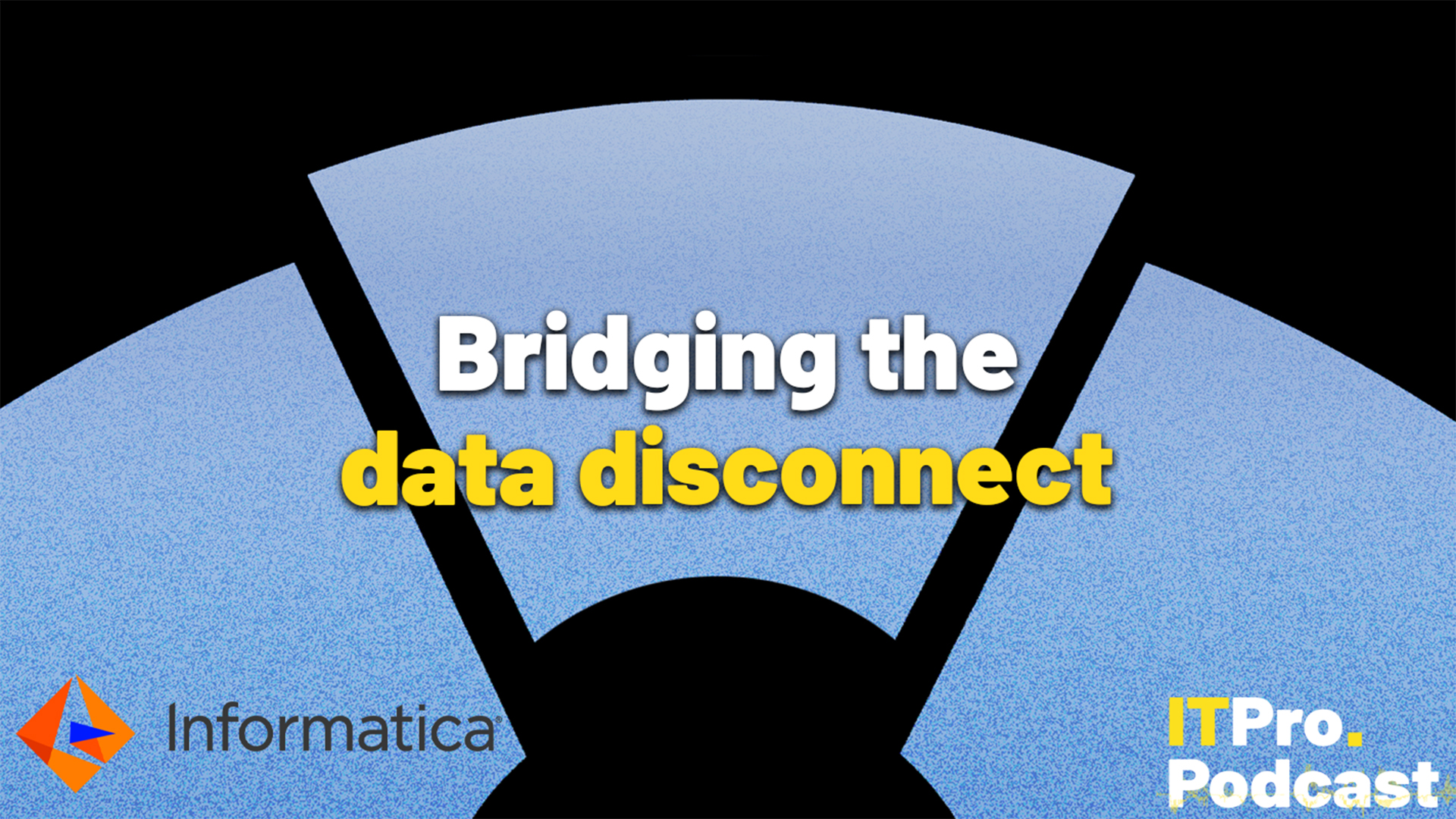 Bridging the data disconnect
Bridging the data disconnectSponsored Podcast How can businesses make the most of their data for customer success?
-
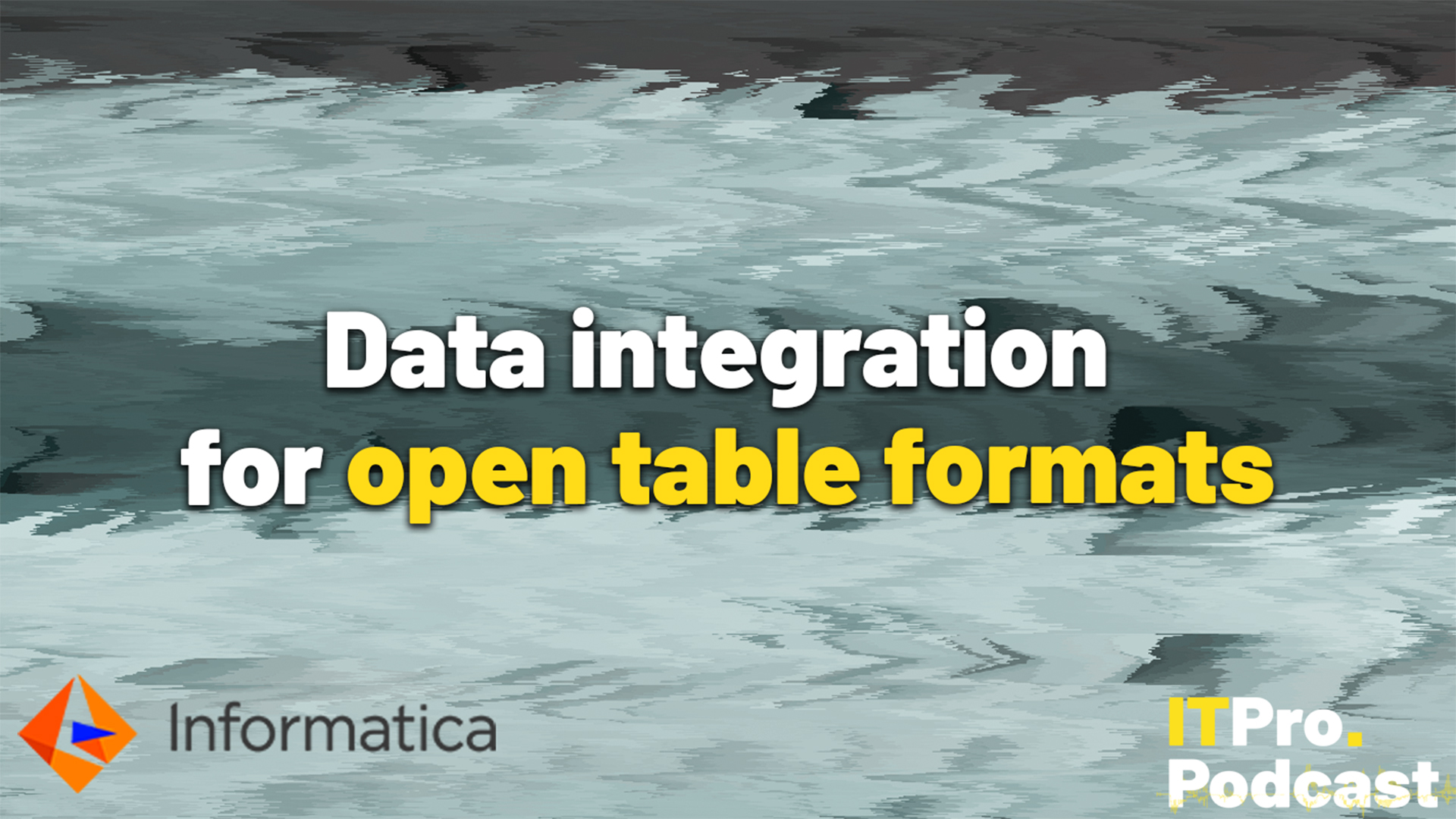 Data integration for open table formats
Data integration for open table formatsSponsored Podcast Open table formats can unlock huge benefits for IT leaders looking to get value out of their data
-
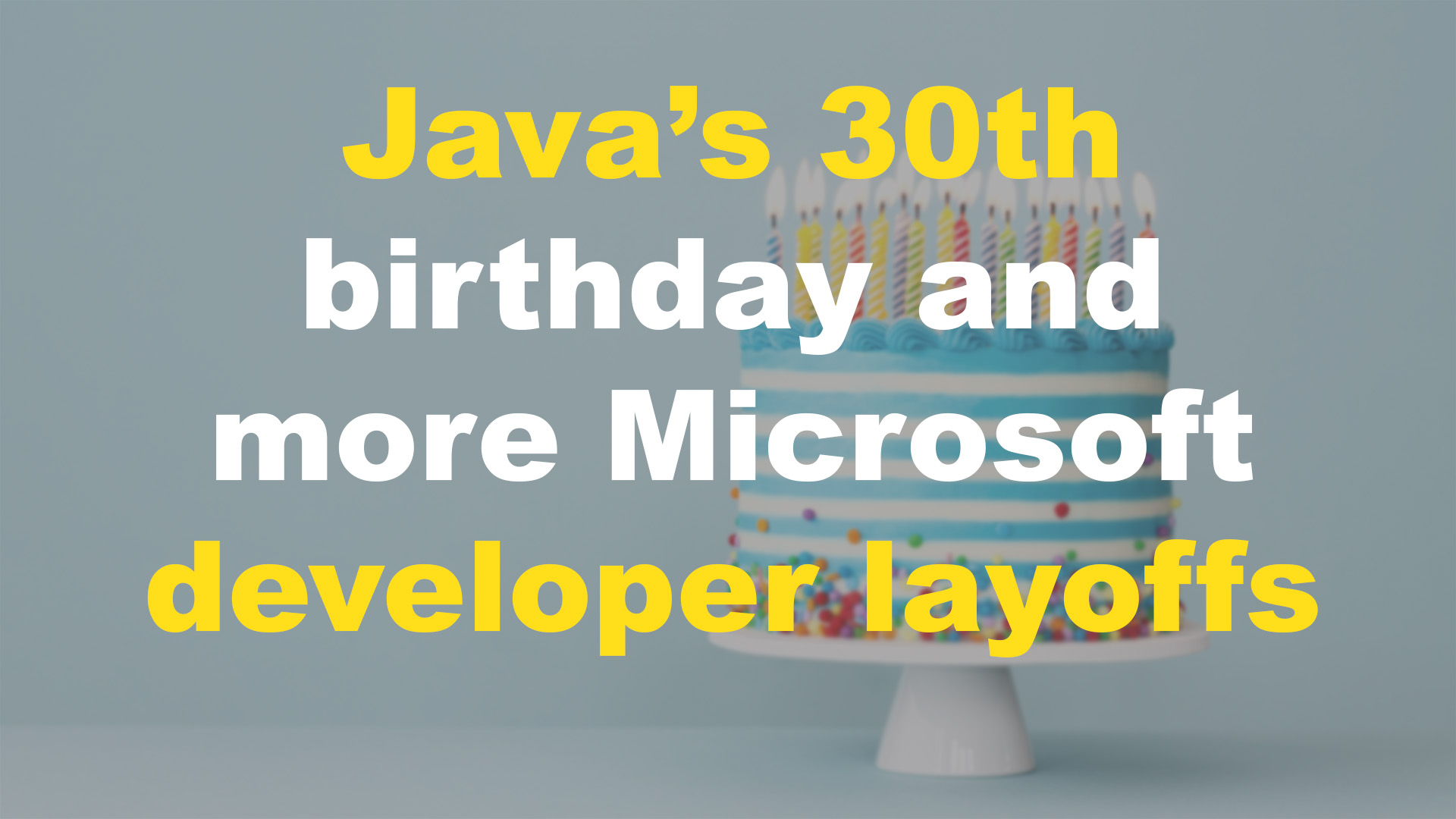 Java celebrates its 30th birthday and more Microsoft developer layoffs
Java celebrates its 30th birthday and more Microsoft developer layoffsITPro Podcast Is AI coming for everyone's job now? Plus Dragonforce emerges as the tool behind UK retail attacks
-
 Four-day weeks and Nadella's AGI skepticism
Four-day weeks and Nadella's AGI skepticismITPro Podcast As the Microsoft chief casts doubt on ultra-advanced AI systems, a famous security blogger has fallen victim to a classic attack
-
 Creating space for women in tech
Creating space for women in techITPro Podcast Tech's huge gender divide can only be tackled with more welcoming, proactive sectoral efforts